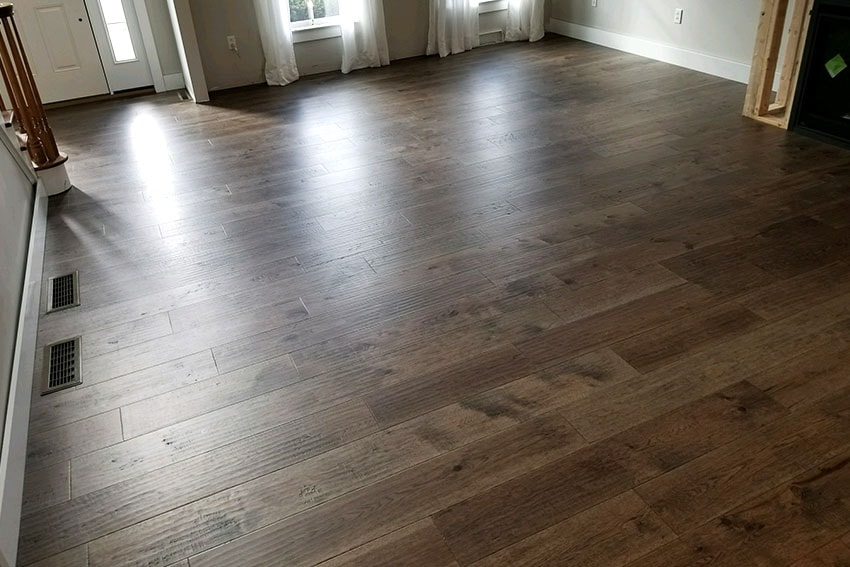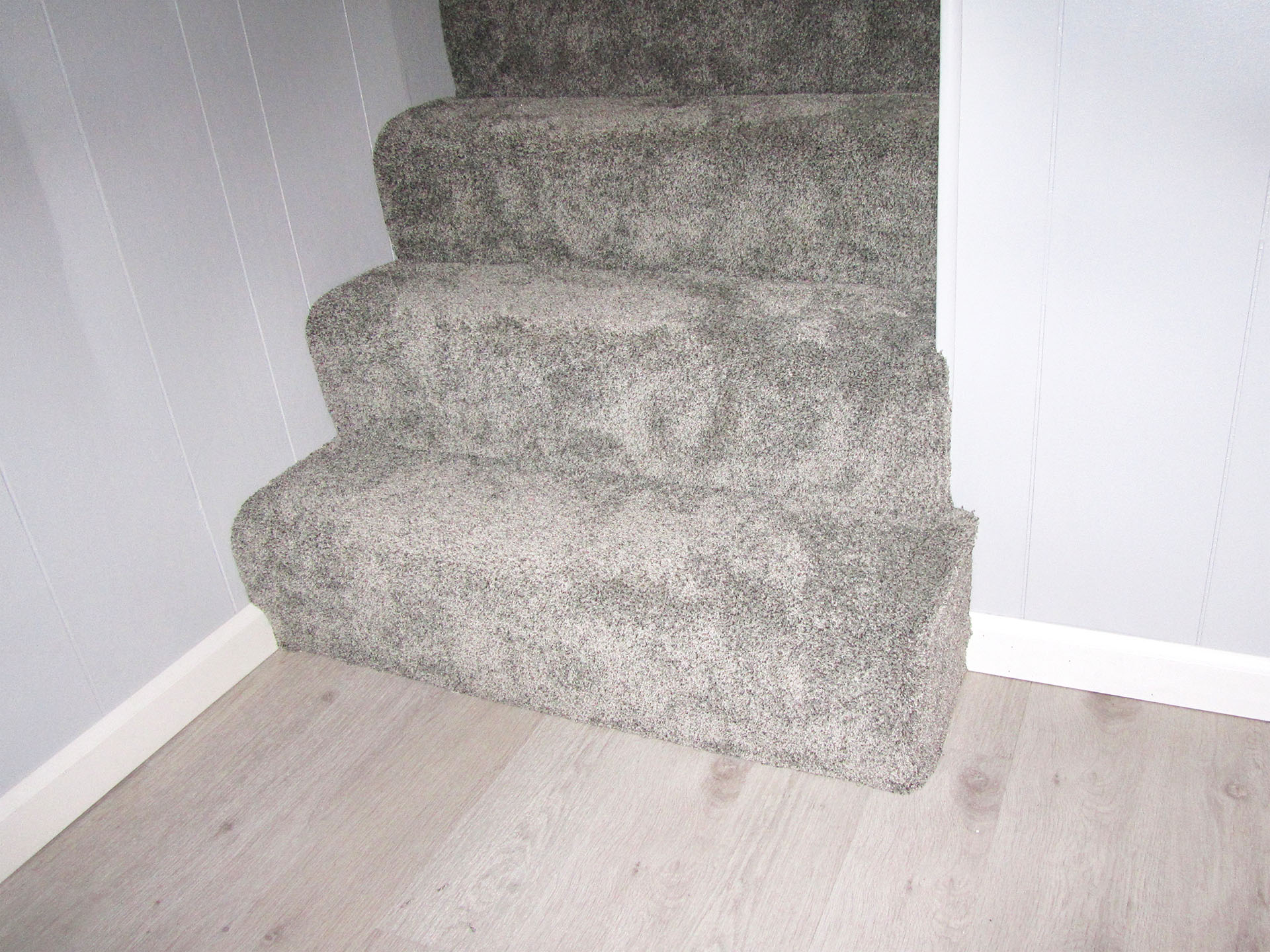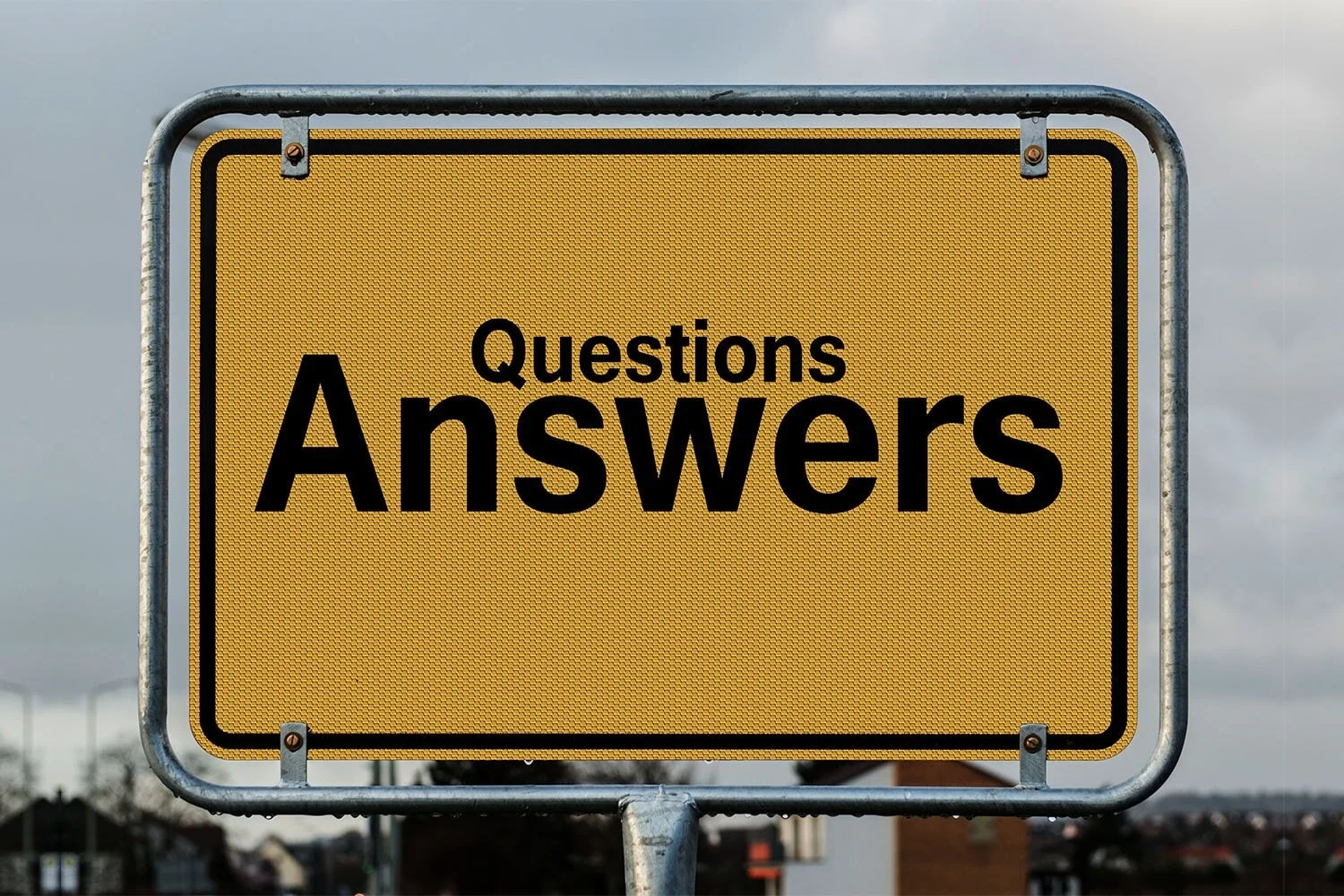How to Choose the Right Floor for You | 5 Questions to Ask
/A new floor can be a big investment, and with so many options, how can you be sure you’re getting the right floor for you? Here are some questions we recommend you ask to get you headed in the right direction.
1. What is my budget?
This question should be your first question when venturing into any renovation project for your home or business. Prices for flooring material vary from less than $1/square foot to $15/square foot, and that can add up quick. Here is the general price range for resilient vinyl (sheet, LVP, LVT, and VCT), carpet, tile (ceramic & porcelain), natural stone, and hardwood (engineered and solid).
Depending on the amount you’re looking to spend on your new floor, this price range can give you an idea of what works for you, so start there. And to help our customers with the cost, we offer free financing for 6 and 12 months.
2. Who should I trust to install my floor?
Depending on the nature and scale of the job as well as the quality of the finished product you’re looking for, you’ll need to decide between a highly skilled professional, shopping at a big box store, or calling your brother-in-law to borrow his tools! 🙂 In most cases, you get what you pay for. You might save some money with DIY-ing it or shopping at a chain store, but are you getting an expert installer? Quality professionals take great pains to ensure straight edges, smooth transitions, properly installed cove base, and provide patches and puddy work that looks sharp. If these things matter to you, you’ll want to make sure your installer is qualified and willing to stand behind his work, even if that installer is you.
In addition to material warranties supplied by our manufacturers, we offer a 1 year service warranty, guaranteeing all of our labor. If your flooring fails because of poor installation on our part, we will take care of that.
3. Where will my new floor be installed and how will it be used?
There is flooring for all kinds of applications. From commercial to residential, interior to exterior, to floors, walls, and backsplashes, the options are seemingly endless. Remember the 70’s when people installed carpet on their walls? You get the idea. Make the best selection by understanding the benefits and drawbacks of each type for your application.
Take residential kitchens, for example. You’ll want a durable floor that is able to withstand high traffic and is waterproof. Stone and tile would be your top choices. Hardwood, especially engineered hardwoods are a popular choice found in many kitchens today while other recommended options include linoleum, cork, and vinyl for their durability, water-resistance, and sound deadening qualities.
Do you have pets and kids? Opt for a stain-resistant and durable flooring type like stone, tile, hardwood, or vinyl. There are also high quality nylon carpets on the market with stain-resistant treatments that hold up well with proper maintenance. Speaking of carpet, did you know that berber (loop pile) tends to stand up better against traffic over time than a cut pile (plush) carpet? Do you have an outdoor space you’d like to beautify with flooring? Natural stone, porcelain tile, ceramic quarry tile, and exterior carpet are great options. Read about each of these options in our 8 Outdoor Flooring Options article.
Knowing the material, their strengths and limitations, is critical to making the best decision for flooring in a particular space. Our sales team loves walking customers through all these options to help them make the best decision for their needs.
4. What look do I want?
After you’ve narrowed your flooring selection based on price and utility, it’s time to have some fun with style. What do you want your room to look like? Thanks to modern printing techniques, realistic (not cheesy) natural stone and hardwood looks are available in ceramic, porcelain, vinyl, and laminate materials. Varied colors and patterns can also be found in these products, styles that are in step with current trends but subtle enough to endure the world's ever-changing interior design preferences. There’s a myriad of options in neutral tones of beige or gray. Certain colors and looks have the added benefit of hiding dirt. Carpet offers tons of colors and patterns as well. Additionally, you get to choose the finish of your hardwood, stone, or tile, making a selection between high gloss or matte finish as well as a rough feel created by various preparation and finishing methods. Overwhelmed yet?
Here are some more options to consider. With hardwood, tile, or lvp, instead of installing along the longest wall, you can lay it out on a 45 degree angle. Fancy! A herringbone pattern is a popular style with a lot of visual appeal. Have you ever heard of parisian chevron? You can also install in a pattern of squares or even frame your room with a border. Carpet tiles offer the option of getting creative with where you place your accent color should you choose one. Get creative. Have fun!
5. How much cleaning and maintenance am I willing to put into it?
Maintenance.
Unfortunately, there is no super floor out there that is completely damage resistant. In fact, the more expensive natural stone and solid hardwood flooring still need regular care to keep looking amazing. Natural stone should be resealed every 1 to 3 years to prevent staining. Hardwood floors typically need to be refinished every 7 to 10 years. With natural stone, hardwood, and quality tiles, you’ll go longer between new installations, but regular maintenance is a must.
Carpet is amazing and just so soft, but it needs a lot of TLC (not the music group). To remain stain-resistant and clean, carpet is recommended to be professionally cleaned every 12 to 18 months. But let’s be real - who does that? If effectively cleaned, however, carpet can actually trap allergen and microbial particles, making them less available to become airborne, thus improving indoor air quality.
Resilient vinyl and laminate boast the least rigorous maintenance program. Daily dust-mopping to remove loose dirt and debris to avoid scratches, cleaning up spills immediately, and using some quality hard surface cleaner like Shaw’s R2X solution pretty much takes care of your floor.
For more maintenance tips for indoor floors or maintenance tips for outdoor floors, check out our other articles.
























